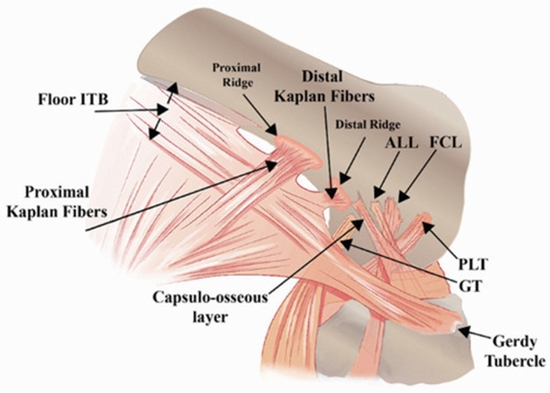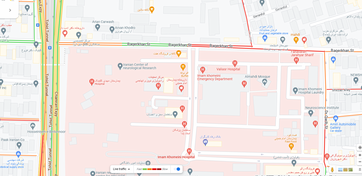Investigating Injuries to the Anterolateral Corner of the Knee: Imaging Insights Into Kaplan Fibers and the Anterolateral Ligament in Anterior Cruciate Ligament Tears

Background: The intricate relationship between anterolateral ligament (ALL) and Kaplan fibers (KF) injuries in acute traumatic anterior cruciate ligament (ACL) tears presents a diagnostic challenge. Understanding these associations is crucial for enhancing therapeutic strategies and patient outcomes.
Purpose: To elucidate the prevalence of ALL and KF injuries among patients with acute ACL tears and examine their correlations with other imaging findings.
Study design: Cross-sectional study; Level of evidence, 3.
Methods: A retrospective review of magnetic resonance imaging (MRI) was performed for patients with knee pain or instability, leading to an MRI evaluation between April and August 2022. The inclusion criteria were primary ACL tears diagnosed via MRI within 6 weeks after injury, excluding cases with concurrent posterior cruciate ligament, medial collateral ligament, or lateral collateral ligament injuries. Out of the initial cohort, 51 patients met the inclusion criteria, all with recent trauma and timely imaging.
Results: Our results highlighted that 21.6% of these patients had ALL injuries, whereas a notably higher proportion (33.3%) exhibited KF injuries. We observed bone contusions on the medial and lateral femoral condyles in 3.9% and 41.2% of patients, respectively. Similarly, the medial and lateral tibial condyles presented contusions in 31.4% and 49% of the cases, respectively, with a subset of 29.4% demonstrating both tibial condyle involvement.Contusions on the lateral femoral and tibial condyles were used as indicators of pivot-shift injuries, identified in 41.2% of cases (n = 21). Subgroup analysis revealed a significant association between these injuries and KF damage, present in 71.4% of cases (odds ratio, 33.8 [95% CI, 6.04-188.53; P < .001), compared with a lower incidence of ALL injuries at 28.6% (P = .31). This suggests a stronger link between KF injuries and pivot-shift mechanisms, emphasizing the role of KF in knee trauma. In addition, KF injuries were more common in patients with lateral meniscal injuries, although this finding was not statistically significant (P = .10).
Conclusion: Surgeons should focus more on detecting KF injuries than ALL injuries when ACL tears are accompanied by lateral femoral and tibial condyle contusions, as these may play a crucial role in the injury mechanism.






ارسال نظر